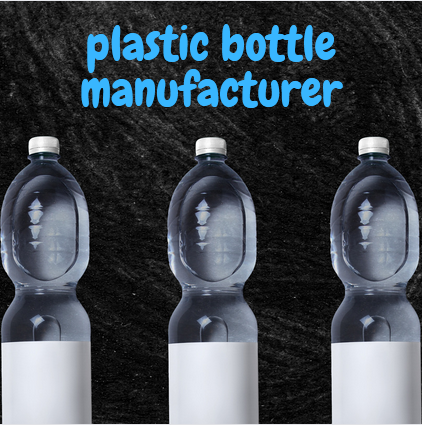A plastic factory is the facility that manufactures plastics in various forms and shapes, as well as other products. Various methods are used to manufacture plastics including compression molding, thermoforming, photo polymerization and more. Learn more about this in this article!
LC Chem
LG Chem, a Korean chemical firm, recently announced plans to build a plastic recycling plant in South Korea. The facility will use technology from UK-based recycling company Mura. Its Hydropath recycling process uses supercritical water to convert waste plastic factory into fossil-replacement oils.
Mura's process was previously licensed to Mitsubishi Chemical, and is expected to be rolled out globally by 2021. As a global licensee of Mura, LG Chem will also help drive the international rollout of the company's recycling technology.
The company will invest around 310 billion won (US$234 million) to build the new plant, which will be located between automakers in Ohio and Michigan. Construction began Wednesday and should continue through 2023.
Vacuum Forming
Vacuum forming is a technique used in plastic manufacturing. It uses a sheet of thermo plastic material. The material is heated to a specific temperature, then it is clamped into a frame, and the vacuum pressure is applied to the plastic to force it into the mold.
Vacuum forming has many advantages. It is cost effective and can help produce prototypes faster. However, it is not recommended for mass production. Generally, it is only possible to vacuum form thin walls of plastic. If the walls of the part are thick, injection molding is a better option.
While it is not as inexpensive as other methods, vacuum forming is a good choice for manufacturers who need to produce a large quantity of high-quality parts. It is also useful for parts that come in contact with heat sources.
Thermoforming
Thermoforming is an innovative process used to create durable plastic products. It offers many advantages including short production cycles and reduced costs.
In addition, thermoforming offers the advantage of being recyclable and environmentally friendly. Compared to injection molding, thermoforming produces parts with a superior finish and dimensional stability. And, since it doesn't produce toxic fumes, it is considered to be a safer option for the environment. Several types of thermoforming processes are available.
Vacuum forming, pressure forming, and hot stamping. These methods all rely on the same principle of heating a plastic sheet to a certain temperature. But how the process works is different for each type.
Compression Molding
Thermoplastic compression molding is a form of plastic manufacturing that uses heat and pressure to compress a charge material. The process can be used for a wide range of applications and materials. It is an economical way to produce components, especially for small to medium production runs.
This manufacturing process typically uses thermosets such as epoxy, polyurethane, and polyester. They offer high impact strength, durability, and resistance to heat. They also are environmentally friendly, and their properties mimic those of metals.
There are many advantages to using compression molding, including higher production speeds and less tooling costs. However, the process can produce excess waste, as well as slow turnaround times.
Photo Polymerization
Photo polymerization in plastic factories is a process that uses light to cure liquid resin into a three-dimensional object. This process allows for the production of custom-made products and consumer items. The material is used in a variety of applications including printing, microfloppies, jewelry and medical devices.
Several photo polymerization methods are available. One of the most common is the Digital Light Processing (DLP) system. This process utilizes a large vat of liquid photo-polymer. A motor-controlled mirror directs light across the surface of the resin.
Another method is the Continuous Liquid Interface Production (CLIP) process. This technique combines UV light and oxygen to balance the effects of the light.
Polymer Casting
Polymer casting is a process of creating a composite material. This is a fast and flexible method of fabricating parts. It is also relatively inexpensive. Unlike other forming processes, the wholesale plastic casting process uses low pressure to fill the mold. This allows for inexpensive and large molds, making it ideal for small and medium-sized production runs. The polymer used for the casting process typically is polyurethane. This material offers excellent resistance and dimensional accuracy.
Another type of casting process is the extrusion process. This process produces products such as films, tubing, and pipes. Depending on the process, raw materials may be supplied as powders, flakes, suspensions, or solutions.

